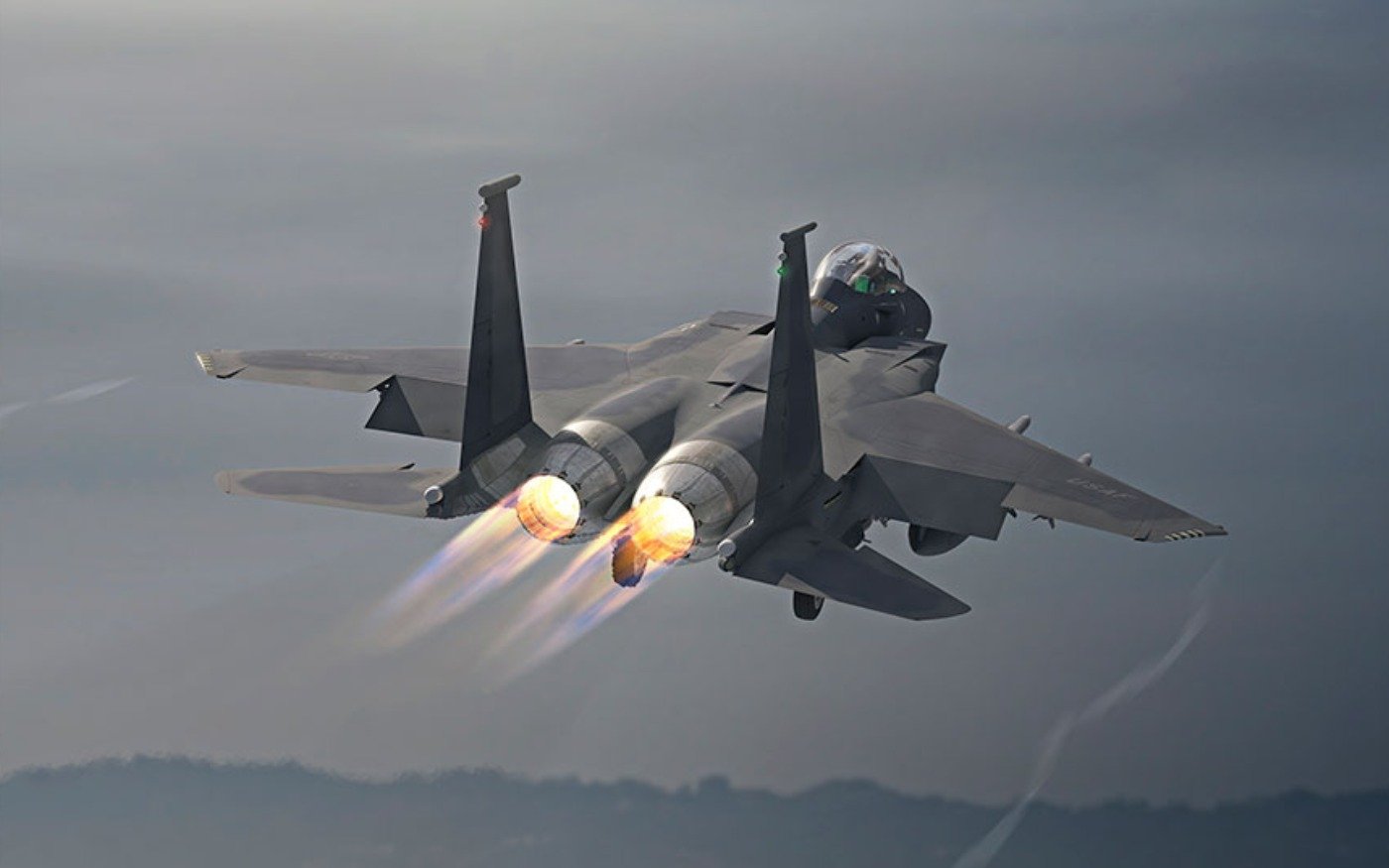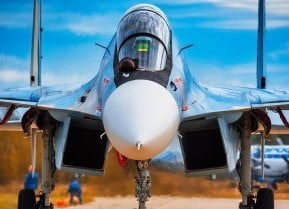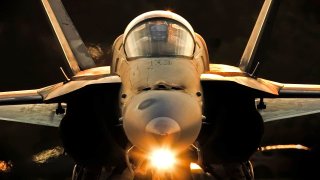Why Was There No F-13 or F-17 Fighter Jets?
Why no F-13 or F-17 fighter? The introduction of the Tri-Service aircraft designation system essentially reset the F-# sequence.
What happened to the F-13 or F-17 fighters for the Air Force? The designation of military hardware can be especially confusing at times.
Case in point: the M1.
If we're talking about armored vehicles, there is of course the M1 Abrams main battle tank (MBT), but there was also the M1 armored car and M1 Combat Car. It is more confusing as there was also the M1 Garand, M1 Carbine, M1 Thompson submachine gun, M1 rocket launcher "bazooka," M1 flamethrower, M1 bayonet, and M1 steel helmet.
In the latter case, it should be added, the M1 helmet actually replaced the M1917A1 helmet; just as the M1 Abrams replaced the M60 MBT. Hence the M1 isn’t often the first item of respective military hardware.
Throughout the Second World War, designations for combat aircraft were even more confusing as the United States Army Air Force and the United States Navy weren’t typically the same.
The United States military had attempted to simplify the aircraft name game during the Cold War, with the introduction of the Tri-Service aircraft designation system in 1962. Initiated by the United States Department of Defense, was meant to create a unified system that replaced the separate nomenclature systems. Almost all aircraft would receive a unified designation, whether operated by the United States Air Force (USAF), United States Navy (USN), United States Marine Corps (USMC), United States Army, or United States Coast Guard (USCG). Experimental aircraft operated by manufacturers or by NASA are also often assigned designations from the X-series of the tri-service system.
This included A for attack aircraft, B for bombers, C for cargo, E for special electronic installation, F for fighter, K for tanker, L for laser-equipped, O for observation, P for maritime patrol, R for reconnaissance, S for anti-submarine warfare, T for trainer, U for utility, and X for the aforementioned special research.
This system wasn't perfect, however, and has led to some confusion with multirole aircraft such as the F-35. However, generally speaking, an attack aircraft (A) is designed primarily for air-to-surface missions, while F would be for fighters, as well as aircraft that can be utilized in attack missions. Moreover, F has still been used as the designation for attack-only aircraft, including the F-111 Aardvark and F-117 Nighthawk.
Meet the "Teen Series"
The introduction of the Tri-Service aircraft designation system essentially reset the F-# sequence. This actually coincided with the development of the American "Teen Series" of fighters that were built for the United States Air Force and the United States Navy during the Cold War.
These included the Grumman F-14 Tomcat, McDonnell Douglas F-15 Eagle, General Dynamics F-16 Fighting Falcon, and the McDonnell Douglas F/A-18 Hornet – as well as the variants that were to follow. However, unsuccessful experimental and prototype fighters are not generally considered part of the series.

In addition, designations for the F-13 and F-19 were never assigned. It has been argued that the F-13 wasn't used due to the issue of "Triskaidekaphobia," or fear of the number 13; while the F-19 remains one of speculation that there may have been an experimental aircraft that has never been publicly disclosed.
It should also be noted that when developing the YF-20 Tigershark Northrop was offered the F-19 designation, but pushed for an even number as so many Soviet aircraft at the time had odd numbers!
So Why No F-17?
Though there wasn't ever an F-17, there was the YF-17 Cobra, a prototype lightweight fighter aircraft designed by Northrop aviation for the United States Air Force's Lightweight Fighter (LWF) technology evaluation program in the late 1960s.
That program was initiated because many in the fighter community believed that aircraft like the F-15 Eagle were too large and expensive for many combat roles. The YF-17 was thus the culmination of a long line of Northrop designs, beginning with the N-102 Fang in 1956, and which continued through the F-5 family. However, the YF-17 lost the competition to the F-16 Fighting Falcon, yet was selected for the new Naval Fighter Attack Experimental (VFAX) program.
Northrop teamed with McDonnell Douglas, and the enlarged aircraft became the F/A-18 Hornet, which was adopted by the United States Navy and the United States Marine Corps to replace the A-7 Corsair II and F-4 Phantom II and to complement the more expensive F-14 Tomcat.
Today, two of the FY-17 prototypes are preserved in museums, including one at the Western Museum of Flight in Torrance, California; and the other at the Battleship Memorial Park in Mobile, Alabama.
Peter Suciu is a Michigan-based writer who has contributed to more than four dozen magazines, newspapers, and websites with over 3,000 published pieces over a twenty-year career in journalism. He regularly writes about military hardware, firearms history, cybersecurity, and international affairs. Peter is also a Contributing Writer for Forbes. You can follow him on Twitter: @PeterSuciu.
Hero is image credit: Shutterstock.
In-text image: Creative Commons.


